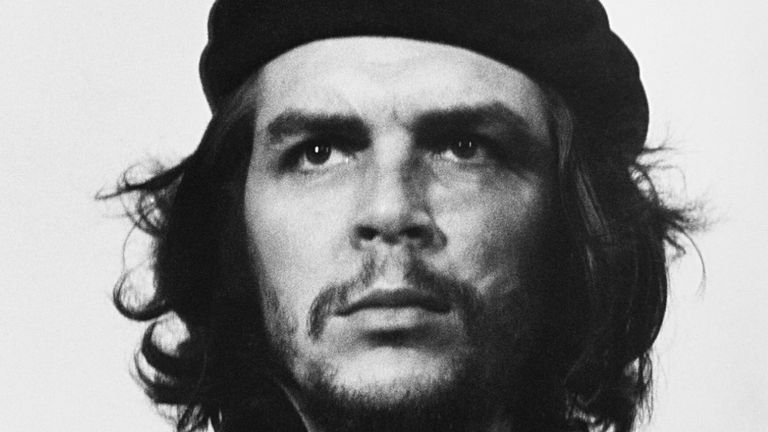Revolutionary Facts About The Often-Misunderstood Che Guevara
Partly thanks to the famous poster portraying the revolutionary’s striking features, Che Guevara has become a legendary figure since his violent death in 1967. He’s a divisive figure for sure; some would call him a visionary leader, while others would say he was a ruthless zealot. We navigate our way through these contradictory views to get to some truths about the actual flesh-and-blood man.
1. Guevara’s real name
Although his birth certificate simply names him as Ernesto Guevara his actual full moniker was the rather more impressive Ernesto Rafael Guevara de la Serna. Born in 1928 in the Argentinean city of Rosario, Guevara was the eldest child of a well-to-do middle-class family.
Guevara’s family heritage included Irish as well as Spanish blood. According to a 2012 piece in The New York Times, the Guevara’s family ancestors included “the Lynches and Blakes, two of the 14 original tribes of Galway.”
Che?
So how did Ernesto come to be known as Che? Che is in fact a common slang term in Argentina which can best be translated as "buddy" or "dude". It was a term that Guevara used frequently when he addressed people, and once he was in Cuba, this habit continued and actually became his nickname.
But Che wasn’t the first nickname that Guevara had. As a youngster he was known by the much less complimentary Chanco. That means “pig” and is said to have reflected Guevara’s less-than-perfect personal hygiene.
2. That photo
In 1960 La Coubre docked at Havana Harbor with a cargo of munitions. The ship exploded killing around 100; Cuba blamed the CIA, an allegation strongly denied by the U.S. All the same, the affair became a cause célèbre for revolutionary Cuba.
Cuban authorities organized a memorial service for the dead and Guevara, aged 31 at the time, was one of those present. There was also a fashion photographer at the ceremony, Alberto Korda: it was he who took that immortal snap.
Immortal
The image was titled Guerrillero Heroico, or “heroic guerilla fighter.” The photo was published around the world and became the iconic representation of the Cuban Revolution. It went on to make Guevara an almost-immortal figure.
Despite its widespread distribution, for many years Korda earned nothing from his iconic image. Finally, after legal action he was paid $50,000 by Smirnoff Vodka, which had used the image without permission in an advertisement. He gave the money to Cuba for the purchase of children’s medicines.

